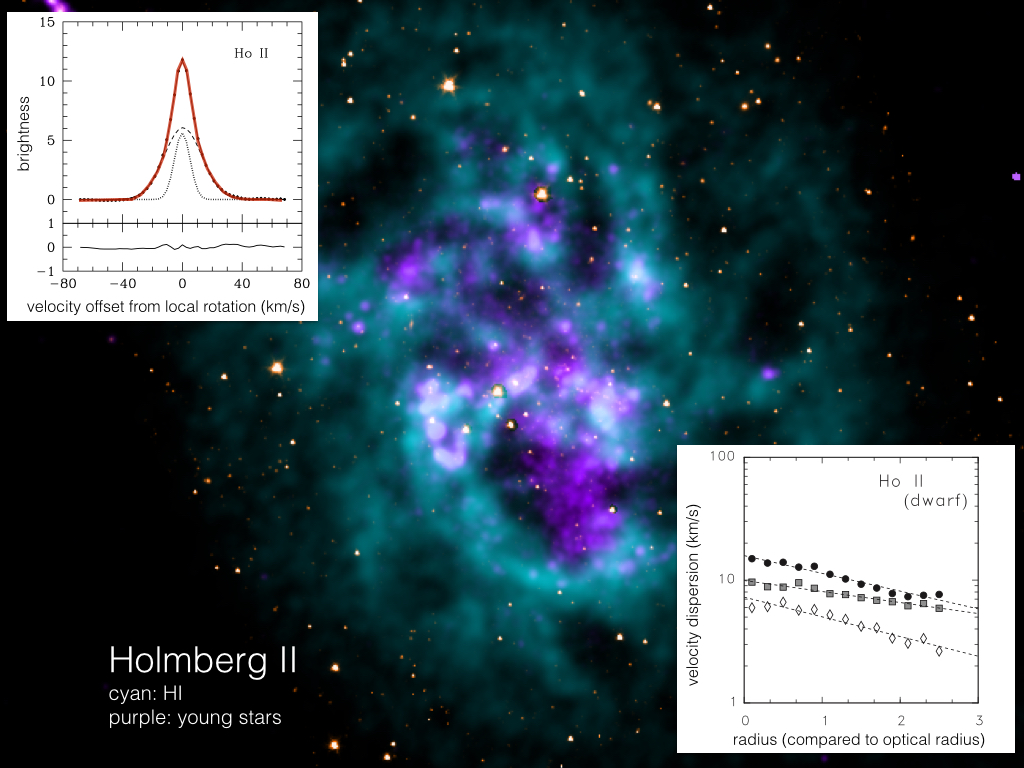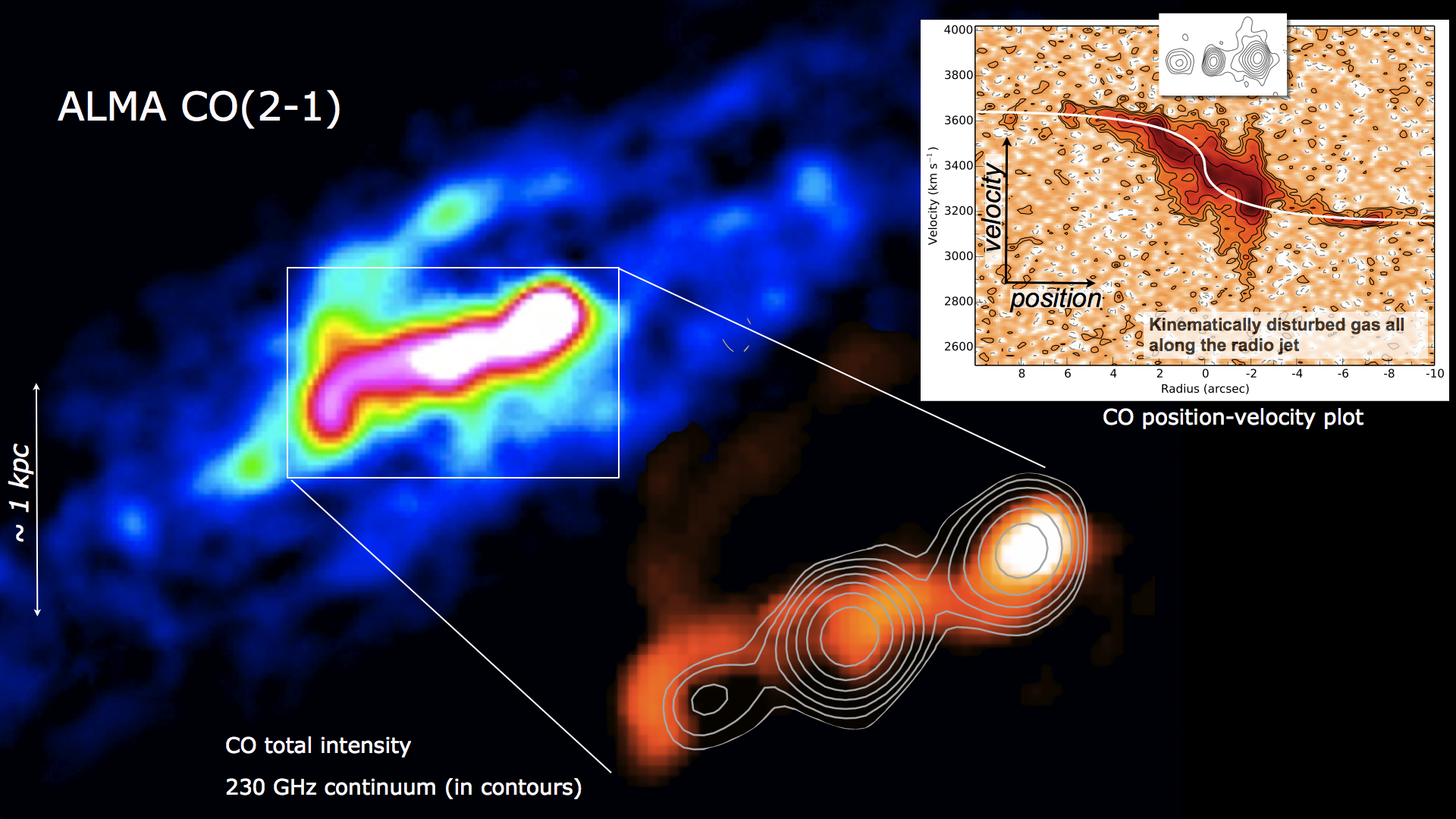![]() © Photos by Bartosz Dabrowski, Leszek Blaszkiewicz, Han Wessels. POLFAR logo by Leszek Blaszkiewicz
© Photos by Bartosz Dabrowski, Leszek Blaszkiewicz, Han Wessels. POLFAR logo by Leszek Blaszkiewicz
The first of three Polish LOFAR stations will be located in Baldy, Poland. It belongs to the University of Warmia and Mazury - UWM - in Olsztyn. The construction of this new station of the
International LOFAR Telescope is now nearing completion. All the groundwork, like installing a drainage system, and geodetic position determination for the antennas, have been carried out by SKANSKA Company under supervision of UWM. On behalf of AstroTec, Han Wessels and Zabet Ahmadi provided assistance with the HBA assembly and roll-out.
For the first time in the history of LOFAR, all High Band Antennas (HBA) were assembled on-site, and not in a factory. It was a truly titanic labour, done mainly by volunteer students of UWM. The reason for this approach was to save on the substantial cost of transporting the rather bulky HBAs, by shipping their components in the most compact way.
The team had to cope with severe conditions: thunderstorms hammered the specially equipped tent and nearly flooded the freshly dug cable trenches, and last week the temperatures soared to more than 35 degrees C. Not many people realise that to assemble 96 HBA tiles, where each tile actually consists of 16 dual polarized antennas, no less than 14.000(!) components are involved. We may consider it as a real achievement that the team kept the spirit alive.
The center photo shows the team. Top row, from left: Bartosz Dabrowski (UWM), Andrzej Krankowski(UWM) and Han Wessels (AstroTec). Bottom row: Jacek Kapcia (UWM), staff and students (the volunteers) from UWM: Katarzyna, Tomasz, Kacper, Ewa, Adam, lukasz, Zabet Ahmadi (AstroTec), Andrzej Malon (UWM).
You may check the LOFAR POLSKA Facebook page to see the current status of the roll-out. A video showing the touchdown of the very first assembled HBA can be seen here . We expect to have the Baldy station commissioned before the end of August. Another two Polish LOFAR stations near Borowiec en Lazy are under construction also. Watch this space.
 © The White House, Washington, USA
© The White House, Washington, USA © Photos by Bartosz Dabrowski, Leszek Blaszkiewicz, Han Wessels. POLFAR logo by Leszek Blaszkiewicz
© Photos by Bartosz Dabrowski, Leszek Blaszkiewicz, Han Wessels. POLFAR logo by Leszek Blaszkiewicz © Erwin de Blok
© Erwin de Blok © Madroon Community Consultants (MCC)
© Madroon Community Consultants (MCC) © (c) J. Morawietz 2015 (may not be distributed on social media like Facebook, Twitter, Google+, Instragram etc.!)
© (c) J. Morawietz 2015 (may not be distributed on social media like Facebook, Twitter, Google+, Instragram etc.!) © ASTRON/Stellenbosch University
© ASTRON/Stellenbosch University © jive
© jive © ASTRON
© ASTRON © Paco Colomer
© Paco Colomer © ASTRON/SKA/SKA South Africa
© ASTRON/SKA/SKA South Africa © ASTRON
© ASTRON © Photos: Menno Norden, Ronald Halfwerk
© Photos: Menno Norden, Ronald Halfwerk © Astrojeunes
© Astrojeunes © Madroon Community Consultants (MCC)
© Madroon Community Consultants (MCC) © Madroon Community Consultants (MCC)
© Madroon Community Consultants (MCC) © ASTRON/JWTH
© ASTRON/JWTH © ASTRON
© ASTRON © astron
© astron © Chalmers University of Technology, NOVA, ASTRON
© Chalmers University of Technology, NOVA, ASTRON © ASTRON
© ASTRON







